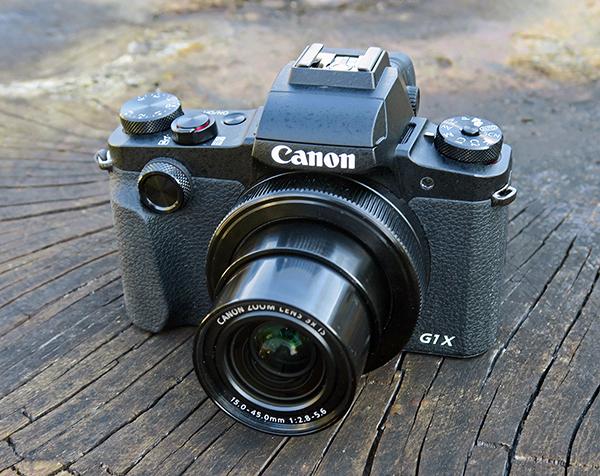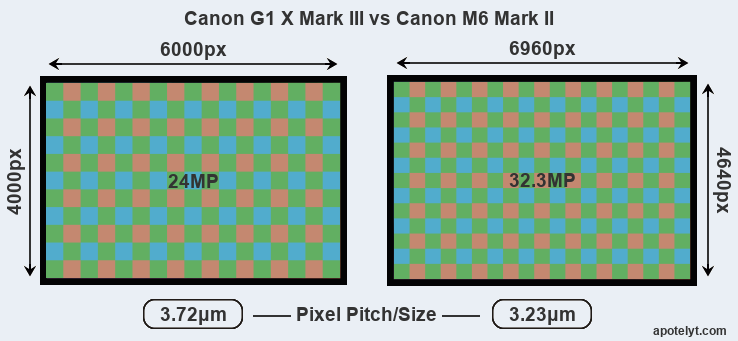

If care is taken with exposure, even the upper sensitive can be decent. This is to say at base ISO, there’s a lot of usable dynamic range (perhaps 13-13.5 stops or so) and a decent amount of recoverability, but this drops off pretty quickly above base. The sensor, when used within limitations and exposed properly, is pretty much state of the art for APSC – it’s every bit as good as the other 24MP APSC DSLR competition. In all fairness, I should really start with the good bits – of which there are many. I strongly suspect it’s a case of ‘it’s me, not you, Jane’ – let me explain why. But somehow…the little Canon didn’t really do it for me. I’m reminded that I did plenty of work I liked with the original and even more limited Sony RX100 and Olympus E-M5 with Panasonic 14-42 power zoom pancake. I think it’s easy to see why any photographer would be tempted: several years ago, we would have killed for something like this in the arsenal (or pocket). In short: Canon has ticked almost every single box on the spec sheet other than 4K video – and simultaneously made it possible.
#CANON POWERSHOT G1 X MARK II VS MARK III FULL#
It has both a flash and a hotshoe, wifi, and a leaf shutter for full sync at all speeds – plus an electronic shutter that takes over when you need even higher speeds. There’s a physical mode dial and dedicated exposure compensation dial, plus the LCD can be used as an AF point trackpad when using the EVF.

The body is solidly built and purportedly weather sealed, has comfortable ergonomics, and many customizable control points including three dials, a shortcut menu, and several buttons.

There’s a tilt/swivel touch LCD and a 2.36m-dot EVF. It has a 24MP hybrid sensor with PDAF photosites covering most of its surface area capable of shooting at 9fps with AE and AF locked, or 7fps with tracking – plus a stabilized 24-70/2.8-5.6 equivalent lens.
#CANON POWERSHOT G1 X MARK II VS MARK III SERIES#
The Ricoh GR series and Fuji X70 are smaller, but somewhat more limited (or not really, as it turns out). The Canon G1X Mark III in ready-to-go configuration is probably the smallest complete APSC camera I can think of that has anything other than a fixed lens. As small as the X1D is – for medium format – it’s not exactly pocketable. But since we don’t make a consumer level APS-C compact, there’s little conflict of interest here: I too am simply looking for the perfect pocket tool as much as the next photographer. Motivations? I was seduced on impulse by the spec sheet.ĭisclosure note: I currently work for Hasselblad as Chief of Strategy, which means I cannot objectively comment on or review anything that might be competition. Though Japan is one of the few places where the larger stores have virtually all models of camera on demo/display, with batteries and storage and lenses and in essence ready to play with to your heart’s content – that tells you very little about how something will perform in the field, in practice. I picked one of these up on a recent trip to Japan (for some reason, none were available locally).


 0 kommentar(er)
0 kommentar(er)
